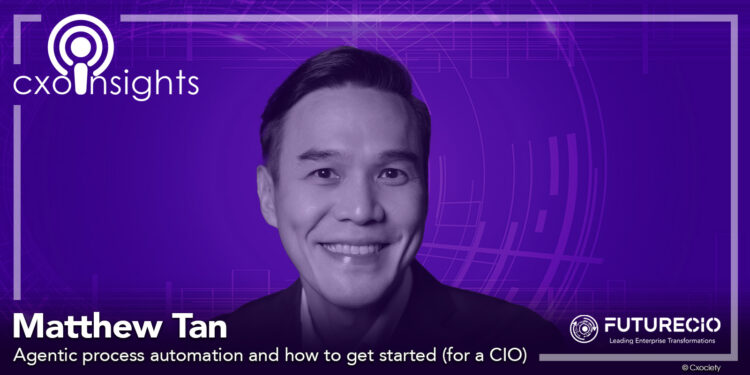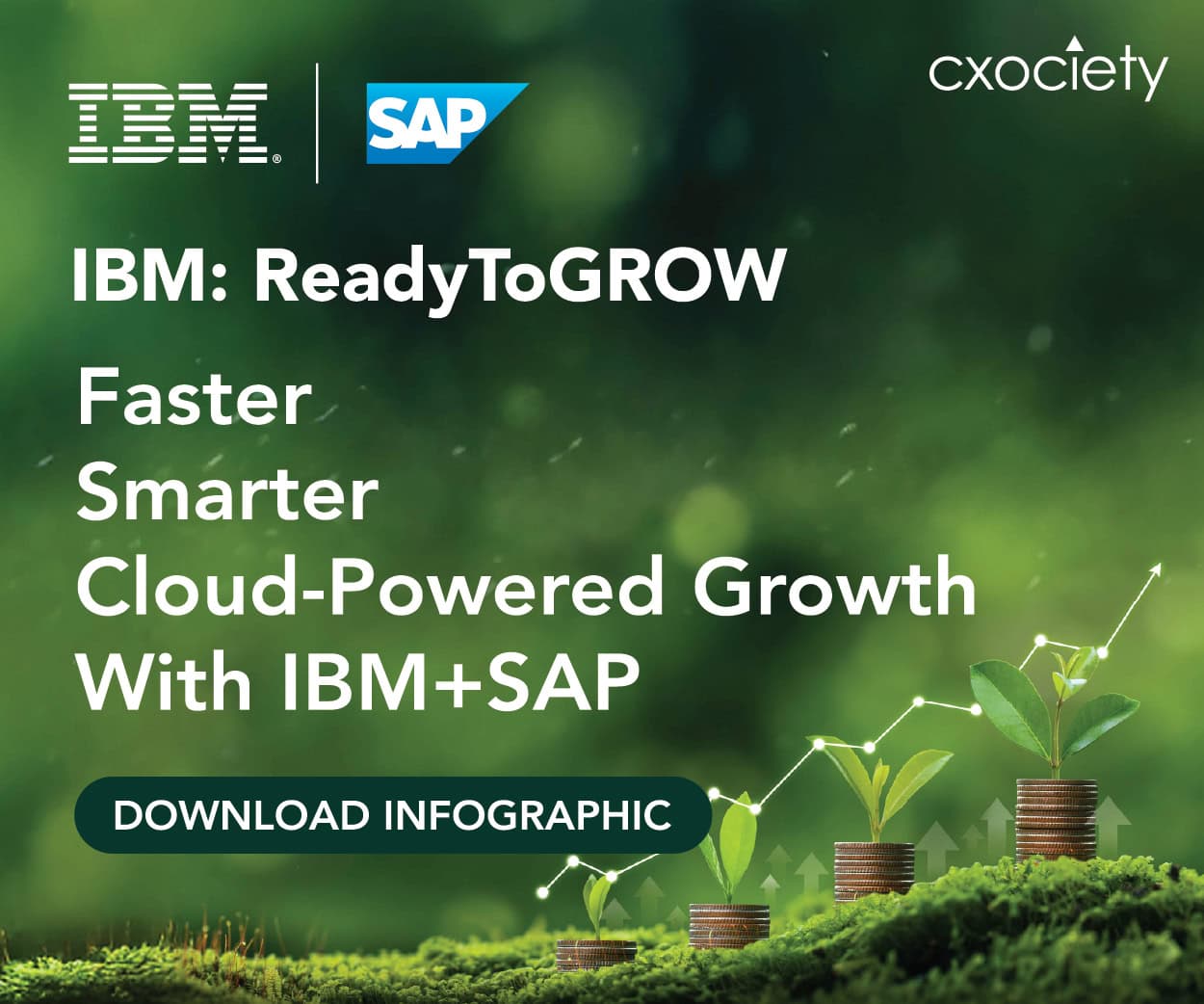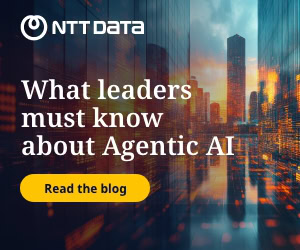As organisations embrace digital transformation in 2026, agentic AI is rapidly redefining the potential of enterprise automation. Unlike traditional robotic process automation (RPA) that relies on predefined, rule-based tasks, agentic AI autonomously acts on behalf of users, making decisions and adapting to dynamic and unstructured environments.
In Southeast Asia, where digital transformation is accelerating across finance, telecoms, and public services, CIOs are uniquely positioned to lead this evolution.
However, the leap from traditional robotic process automation (RPA) to agentic process automation requires more than new tools—it demands a strategic reimagining of how work is orchestrated across people, robots, and intelligent agents.
Matthew Tan, principal solution engineer at UiPath Southeast Asia, affirms: "Agentic process automation is the next chapter in automation, where we're adding AI agents to the mix."
This shift enables organisations to move from task-level automation to end-to-end process intelligence.
Beyond mindless automation
Traditional RPA excels in rule-based, repetitive tasks—such as automating data entry, invoice processing, or employee onboarding. But it falters when faced with ambiguity, unstructured data, or the need for contextual understanding.
Enter agentic AI: capable of interpreting meaning, learning from patterns, and making autonomous decisions.
Tan highlights a key limitation of legacy automation: "There's a need for someone to review the work... plenty of times, there's a lot of false negatives."
He cites the example when an RPA bot flags a mismatch between "carton of milk" and "CTN of milk" because the strings differ, even though they are semantically identical. Agentic AI resolves this by understanding context, reducing manual reviews and boosting accuracy.
This is not about replacing RPA but enhancing it. "We believe that our RPA capability will continue to deliver value because that's exactly what RPA provides—access to legacy and modern systems," says Tan.
Agentic AI leverages these integrations to perform higher-order functions, making automation more resilient and scalable.
Start with strategy
CIOs must align agentic AI initiatives with overarching business objectives. Whether the goal is cost reduction, revenue growth, or enhanced customer experience, the use case must directly tie to measurable outcomes.
Tan advises: "CIOs should be identifying and prioritising opportunities based on company objectives."
For example, in the telecom sector, AI agents can autonomously scan government websites for RFPs and assess whether the company has the requisite services to respond, directly impacting revenue generation.
Crucially, this decision-making is not unilateral. While the CIO sets the strategic direction, "a lot of the identification of the use cases would be coming from the business units," posits Tan.
Collaboration between IT and departments like finance, HR, and customer service ensures relevance and buy-in.
Pilot with purpose
Scaling agentic AI begins with disciplined experimentation. Tan recommends a focused approach: "Start small but identify high-impact use cases." Rather than building general-purpose agents, design specialised ones with a single, well-defined outcome.
For example, UiPath collaborated with a telecommunications company to develop an AI agent for identifying project risks. Instead of treating training as a final step, they brought it forward:

"Let's start with training. We'll teach you how to build an agent, so you have a better appreciation of what it takes." Matthew Tan
This co-development model empowers domain experts—those already performing risk assessments—to contribute to the prompt development of engineering and agent design.
As Tan notes, "The best people able to write the right set of prompts are the people who are experts in the process."
Piloting in this way builds internal capability, fosters trust, and surfaces governance needs early, such as those related to data privacy, auditability, and escalation protocols.
Govern with care
With autonomy comes responsibility. As AI agents make decisions independently, robust governance frameworks are essential, particularly in regulated markets across Southeast Asia.
Tan stresses that governance begins at the use-case level: "Ensure that we're introducing agentic process automation for the right purpose."
This includes aligning with corporate policies, ensuring data privacy, and preventing reliance on public large language models (LLMs) for sensitive decisions.
Forrester echoes this, calling agentic AI "the next competitive frontier" and warning that without proper controls, organisations risk compliance breaches and reputational damage.
In jurisdictions such as Singapore and Malaysia, where data protection laws (e.g., the PDPA) are tightening, CIOs must ensure that AI agents operate within legal and ethical boundaries.
Key controls include:
- Human-in-the-loop mechanisms for validation and escalation
- Evaluation frameworks to test agent consistency and accuracy
- Secure data handling to prevent leakage via third-party LLMs
- Audit trails for transparency and regulatory reporting
Upskill and redesign
The rise of agentic AI isn't just a technology shift—it's a workforce transformation. Employees must evolve from task executors to AI collaborators.
Tan emphasises the importance of prompt engineering as a core skill: "It's an opportunity for teams to upskill and participate in AI agent build and deployment." When domain experts learn to craft effective prompts, they become co-creators of intelligent automation.
But change management is equally critical. As automation reduces manual work, roles must be redesigned to accommodate the new responsibilities.
"How do we measure contributions now?" asks Tan. "We're expecting a little bit more out of them."
This means redefining performance metrics, reskilling teams, and fostering a culture of continuous learning. IT and business units must collaborate closely, breaking down silos to co-develop solutions that are both technically sound and operationally viable.
Measure to improve
ROI in agentic AI goes beyond cost savings. While time reduction and labour efficiency remain key metrics, CIOs should also track agent autonomy—how often the agent completes tasks without human intervention.
Tan suggests measuring: "Time savings, cost savings, business uplift, and potentially... how autonomous is the agent?" These KPIs provide a holistic view of impact and guide optimisation.
Continuous monitoring allows organisations to identify bottlenecks, refine prompts, and introduce additional agents into manual steps—driving iterative improvement and compounding ROI over time.
Orchestrate the future
Looking ahead to 2026, the most successful CIOs won't just deploy AI agents—they will orchestrate them. "Look at the use of AI agents from a perspective of an end-to-end process," advises Tan.
UiPath's Maestro platform exemplifies this, enabling business teams to model processes using BPMN and integrate robots, AI agents, and humans into a unified workflow. The goal is seamless orchestration, where automation is not siloed but embedded across the enterprise value chain.
As Gartner notes, agentic AI will soon handle the majority of routine customer interactions. For Southeast Asian CIOs, the time to act is now: start small, align with business goals, govern responsibly, and scale with purpose.
The future of work is not just automated—it's agentic.
Click on the PodChats player to hear Tan's views in detail on agentic process automation and how to get started, as viewed from the perspective of a CIO.
- What are the core differences between AI-powered process automation and traditional RPA, and why does it matter for an organisation's digital transformation strategy?
- In which business units or industry-specific workflows do you anticipate the greatest value from AI agents as applied in automation workflows?
- What approach can CIOs use to identify and prioritise high-impact automation opportunities within their organisation? Is this decision-making process a unilateral one exclusively decided by the CIO?
- How can the CIO, and whoever they are working with, ensure successful pilot implementation before scaling AI automation enterprise-wide?
- What steps can the CIO and partners use to ensure seamless integration between AI agents and legacy as well as cloud systems?
- What governance structures, policies, and controls are essential to build trust and ensure regulatory compliance when it comes to automation using AI agents?
- What internal skills and change management initiatives are required to support the adoption of agentic process automation (APA), particularly in our use of AI agents?
- How do you plan to measure, benchmark, and improve the ROI of AI agents in automation initiatives?
- We are midway into 2025, and 2026 is almost just around the corner. Do you have any recommendations for CIOs and other leaders as they look to further invest in their use of AI agents?





